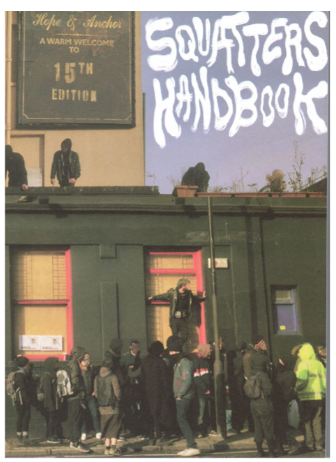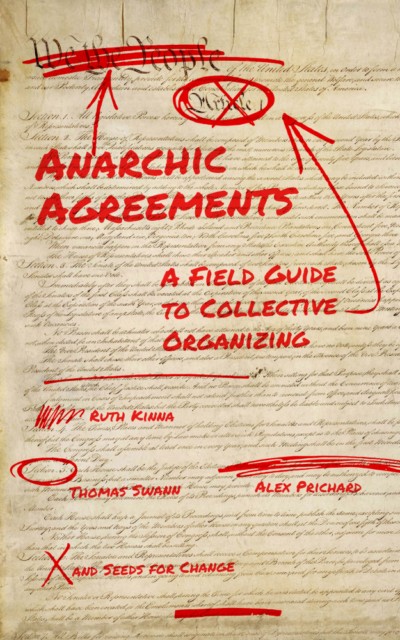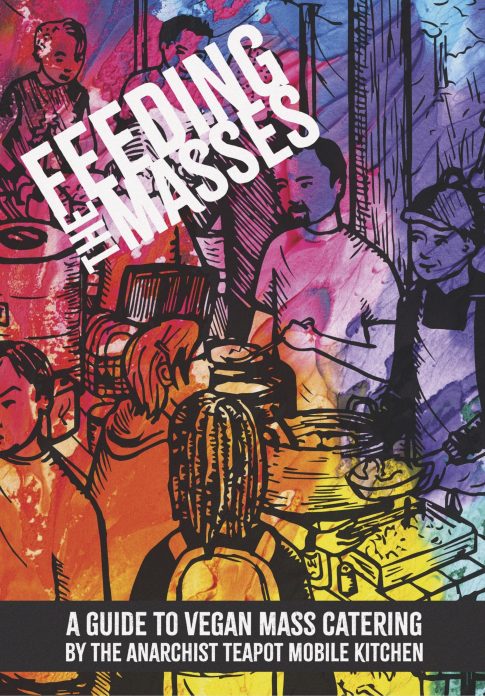From Democracy to Freedom
Original price was: £6.00.£4.00Current price is: £4.00.
The Difference Between Government and Self-Determination according to Crimethinc. 2017
Description
From Democracy to Freedom grew out of years of dialogue between participants in social movements around the world. Exploring how recent uprisings have been catalyzed and limited by democratic discourse, From Democracy to Freedomexplores the difference between government and self-determination, proposing new ways to understand what we’re doing when we make decisions together.
Democracy is the most universal political ideal of our day. George Bush invoked it to justify invading Iraq; Obama congratulated the rebels of Tahrir Square for bringing it to Egypt; Occupy Wall Street claimed to have distilled its pure form. From the Democratic People’s Republic of North Korea to the autonomous region of Rojava, practically every government and popular movement calls itself democratic.
And what’s the cure for the problems with democracy? Everyone agrees: more democracy. Since the turn of the century, we’ve seen a spate of new movements promising to deliver real democracy, in contrast to ostensibly democratic institutions that they describe as exclusive, coercive, and alienating.
Is there a common thread that links all these different kinds of democracy? Which of them is the real one? Can any of them deliver the inclusivity and freedom we associate with the word?
Impelled by our own experiences in directly democratic movements, we’ve returned to these questions. Our conclusion is that the dramatic imbalances in economic and political power that have driven people into the streets from New York City to Sarajevo are not incidental defects in specific democracies, but structural features dating back to the origins of democracy itself; they appear in practically every example of democratic government through the ages. Representative democracy preserved all the bureaucratic apparatus that was originally invented to serve kings; direct democracy tends to recreate it on a smaller scale, even outside the formal structures of the state. Democracy is not the same as self-determination.
To be sure, many good things are regularly described as democratic. This is not an argument against discussions, collectives, assemblies, networks, federations, or working with people you don’t always agree with. The argument, rather, is that when we engage in those practices, if we understand what we are doing as democracy—as a form of participatory government rather than a collective practice of freedom—then sooner or later, we will recreate all the problems associated with less democratic forms of government. This goes for representative democracy and direct democracy alike, and even for consensus process.
Rather than championing democratic procedures as an end in themselves, then, let’s return to the values that drew us to democracy in the first place: egalitarianism, inclusivity, the idea that each person should control her own destiny. If democracy is not the most effective way to actualize these, what is?
As fiercer and fiercer struggles rock today’s democracies, the stakes of this discussion keep getting higher. If we go on trying to replace the prevailing order with a more participatory version of the same thing, we’ll keep ending up right back where we started, and others who share our disillusionment will gravitate towards more authoritarian alternatives. We need a framework that can fulfill the promises democracy has betrayed.
In the following text, we examine the common threads that connect different forms of democracy, trace the development of democracy from its classical origins to its contemporary representative, direct, and consensus-based variants, and evaluate how democratic discourse and procedures serve the social movements that adopt them. Along the way, we outline what it would mean to seek freedom directly rather than through democratic rule.
Additional information
| Weight | 0.250000 kg |
|---|





